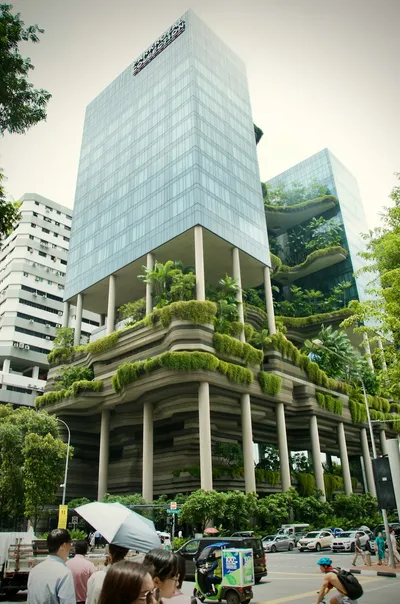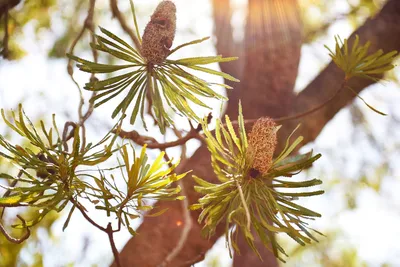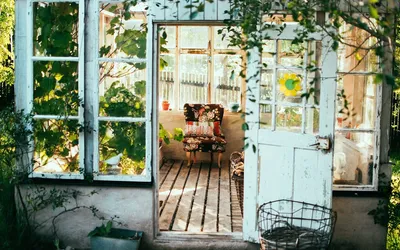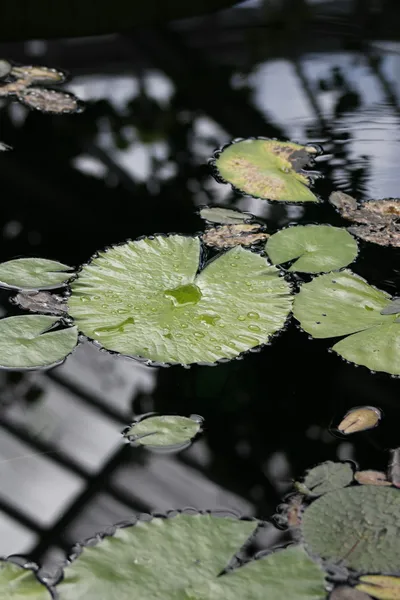Designing Permeable Landscapes: Revolutionizing Water Management in Gardens
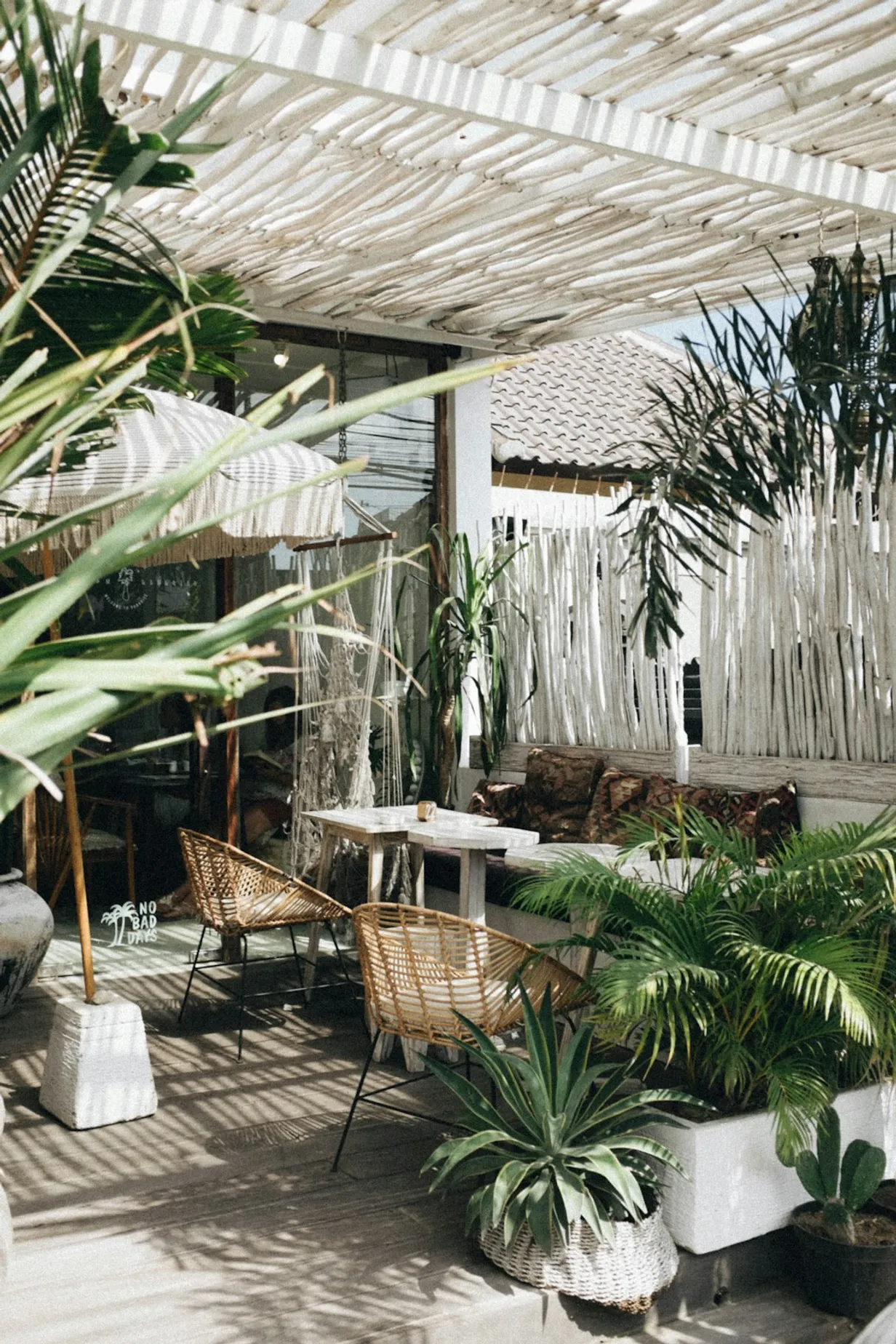
Understanding Permeable Landscapes
Permeable landscapes are an essential element of eco-friendly garden design. By allowing water to naturally percolate through the soil, these landscapes effectively reduce runoff, manage stormwater, and minimize erosion. This sustainable approach helps in recharging groundwater supplies and supports the health of aquatic ecosystems.
Key Features of Permeable Landscapes
Integrating permeable surfaces such as gravel, pavers with gaps, or organic mulch plays a crucial role. The choice of soil types with good drainage abilities and the inclusion of swales or channels can further enhance water infiltration.
Benefits of Permeable Landscape Design
The advantages of adopting permeable landscape designs extend beyond water management. These designs improve soil health, reduce the need for irrigation, and help in recycling nutrients naturally. They also play a role in heat regulation within the garden, ensuring healthier plant growth.
Choosing the Right Plants
When designing a permeable landscape, selecting plant species that thrive in your local climate is imperative. Drought-resistant and deep-rooted plants not only support soil structure but also enhance the absorption and retention of water.
Implementing Permeable Design in Your Garden
Start by assessing your garden's layout and deciding where permeable surfaces can be most effective. Consider installing rain gardens that combine diverse plant species with soil layers engineered for drainage. Utilizing hedgerows and vegetative buffers can further control water flow and protect soil integrity.
Sustainable Materials and Practices
Opt for recycled or locally-sourced materials to create your garden paths and features. Sustainable mulching practices, using natural materials like bark or wood chips, enhance moisture retention and prevent weed growth.
Contributing to a Sustainable Environment
By incorporating permeable landscapes into your garden design, you actively contribute to a sustainable environment. This initiative not only aids in water conservation but also supports biodiversity, offering habitats for native wildlife and pollinators.
In conclusion, transforming your garden with permeable landscape designs reflects a commitment to sustainable living and environmental stewardship. With thoughtful planning and the right materials, you can revolutionize your garden's water management, making it both aesthetically pleasing and environmentally beneficial.
Popular Gardening Guides
Explore our most loved gardening articles, featuring expert advice on plant selection and sustainable practices.
